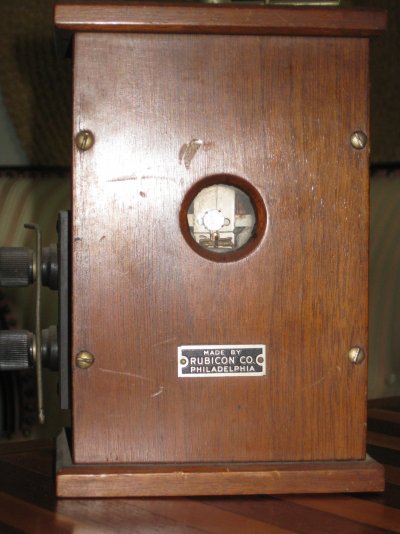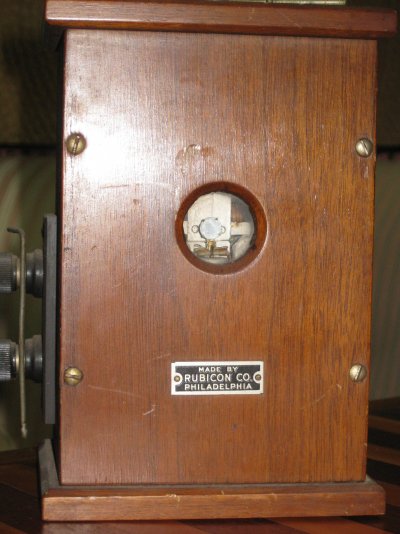bruce1
Full time employment: Posting here.
I have never seen anything like that. The cabinet is rougher than I would want to tackle but I know some who would if the piece was sufficiently rare or they just wanted to. I may have tubes if you have a dead one. I scrapped a Philco some years ago and I think I still have the tubes.
I found this site with much info re Philco radios
PHILCORADIO.COM - The Philco Radio Gallery - 1948 (June 1947)
This model is similar if not the same
The Model 48-1201 "Bing Crosby Special" was the 1948 version of the extremely popular 1946-47 Model 46-1201. 5 tubes, AM only.
I found this site with much info re Philco radios
PHILCORADIO.COM - The Philco Radio Gallery - 1948 (June 1947)
This model is similar if not the same
The Model 48-1201 "Bing Crosby Special" was the 1948 version of the extremely popular 1946-47 Model 46-1201. 5 tubes, AM only.



 Of course you can do that, but get a working solid-state one first.
Of course you can do that, but get a working solid-state one first. 